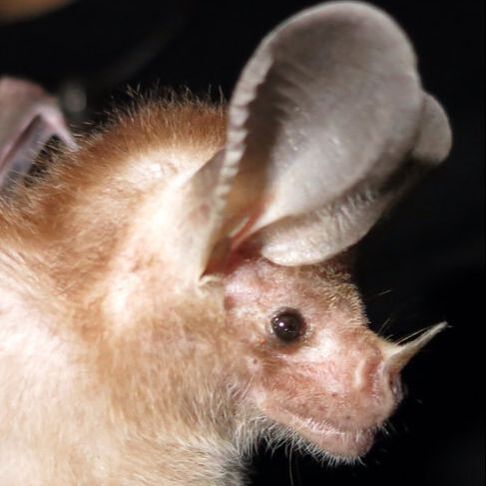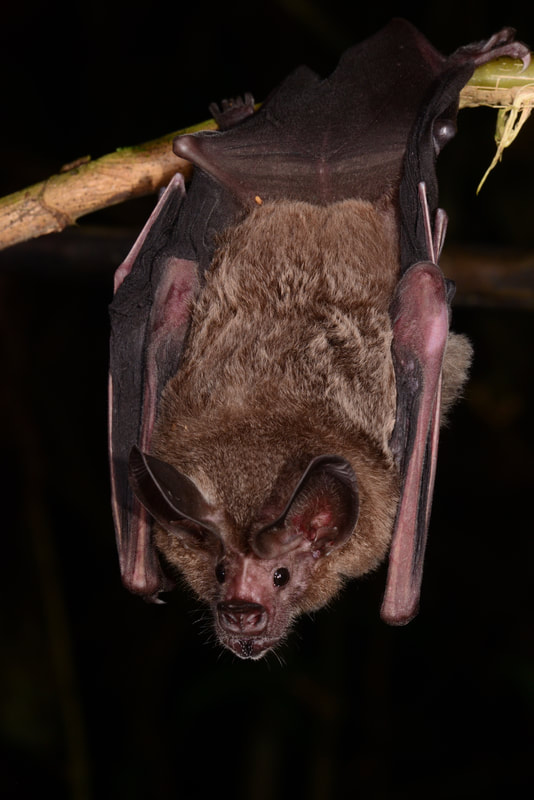Robert M. R. Barclay and Theodore H. Fleming The morphological, ecological and behavioral diversity found among the Phyllostomidae might be expected to be associated with variation in reproductive patterns and life history traits. Using data from the primary literature for 71 species, we summarize reproductive and life history variation in this family and test predictions based on life history theory. The expectation for variation is at least partly supported. Monestry, seasonal (bimodal) polyestry, and aseasonal polyestry occur, with larger species, island species or populations, and animalivorous species being most likely to be monestrus. Litter size is universally one, however. As in other bats, phyllostomids have a “slow” life history with late maturity, one offspring per litter, and long lives for their size. Females produce relatively large offspring at birth (mean = 28% of adult mass), although relative size declines with adult mass. Young are dependent on their mother until they are almost full size at the time of weaning. Unfortunately, there is a paucity of data for many other life history traits and this precludes in-depth analyses of patterns and factors associated with variation. Many interesting evolutionary questions remain to be addressed and the variation in other aspects of the family make phyllostomids ideal subjects to test general questions regarding the evolution of reproductive and life history traits of mammals.
0 Comments
Norberto P. Giannini, Lucila I. Amador, and R. Leticia Moyers Arévalo Body mass is the single most important factor affecting the biology of animals. Small size is generally highly favorable for flying vertebrates; in addition to this constraint, echolocating bats are also restricted by the physics of call parameters. However, we find in a single group, the Noctilionoidea, virtually the entire size range found across all echolocating bats. Here we examine the evolutionary significance of this variation. We explore how the reconstructed body mass of the ancestral phyllostomid was inherited from noctilionoid ancestors, how size changed along the branches of the phyllostomid tree, and how size co-varied with characteristic evolutionary shifts in the ecology of phyllostomid bats. We found little change along the backbone of the phylogenetic tree and across major dietary transitions, many scattered increases and decreases of variable magnitude, and most variation concentrated in phyletic change in a few groups, especially vertebrate-specialized and frugivorous phyllostomids. These trends imply sustained selection acting over millions of years in a consistent direction, principally towards an increase in size. Initial stasis may have facilitated ecological transitions, while capacity for size change may have fueled intense directional selection within highly specialized lineages. Finally, diverging trends appear to reflect past character displacement.
|
Meet the editors!
Theodore H. Fleming, Liliana M. Dávalos, & Marco A. R. Mello Keywords
All
|


